W. W. NORTON & COMPANY  NEW YORK LONDON
NEW YORK LONDON
Drink Bravely and Poosh It are trademarks of Mark Oldman.
For information about permission to reproduce selections from this book, write to Permissions, W. W. Norton & Company, Inc., 500 Fifth Avenue, New York, NY 10110
Oldman, Mark.
Oldmans brave new world of wine: pleasure, value, and adventure beyond wines usual suspects / Mark Oldman.
p. cm.
ISBN: 978-0-393-33484-5
1. Wine and wine makingAmateurs manuals. 2. Wine and wine makingAnecdotes. I. Title. II. Title: Brave new world of wine.
TP548.O354 2010
641.2'2dc22
W. W. Norton & Company, Inc.
500 Fifth Avenue, New York, N.Y. 10110
www.wwnorton.com
W. W. Norton & Company Ltd.
Castle House, 75/76 Wells Street, London W1T 3QT
Drink bravely, old boyfor nothing is so dear and precious as time.
INTRODUCTION
Is there no greater godsend than a savvy soul who can tip you off to a citys best eateries? Before a trip, I am indebted immeasurably to an in-the-know friend who can help me navigate streets of endless choice, steering me away from the same old standards and tourist traps in favor of new finds and estimable rediscoveries. I want to know the worthiest five-stars and falafel counters for sure, but Im mostly lusting for that holy grail of gastronauts: less familiar gems where costs are moderate and insiders hang their hats.
And so it is with wine: never before in the history of fermented grape juice have there been so many tempting choices, and, accordingly, never before has there been such need for a carefully curated guide to wines worth your while. With a yearning to inspire new taste sensations and a fiercely consumerist eye, I offer you this guide to our brave new world of wine. My mission, pure and simple, is to fast track you to a world of pleasure, value, and adventure beyond wines usual suspects. In a phrase: I want to inspire you to drink bravely .
Why Should Insiders Have All the Fun?
The brainstorm for this book seized me a few years ago at a gathering of wine pros. Sommeliers and importers were darting back and forth, offering each other tastes with the giddy joy and competitive zeal of parents brandishing baby photos. Bonhomie filled the room, rising out of the dozens of opened bottles before us. Glasses clinked, place mats disintegrated, and the thrill of discovery and a good buzz was reflected in the rooms ratcheting din.
As I soaked up the scene at this bring-your-own-bottle gathering of wine pros, I marveled at how elated these folks were to be sharing wine discoveries with each other. You have to taste the texture of this Oregon Pinot, said one, magnum in hand.
Can you believe this Bordeaux is only fourteen dollars? asked another.
This Grner would sing with shellfish, remarked a third.
The sheer volume of wine knowledge being exchanged, I thought, could have filled the (wine-saturated) pages of a small encyclopedia. And then it occurred to me: why should the insiders have all the fun? Why should they be privy to the wines that bring the oohs and aahs while the rest of us make do with the same old usual suspects? It was high time to bring what they know to everyone else.
The Golden Age of Wine Choice
The time is indeed opportune as we venture further into what has become a golden age of wine choice, one in which an ambitious new generation of winemakers and improved winemaking technology are revitalizing forgotten grapes and revamping wine regions throughout the world. Whereas just a generation ago there wasnt much choice beyond the classics of Bordeaux, Burgundy, and California, now you can trot the globe from the comfort of your own dinner table, sampling a new region or grape every night of the month if you so desire. The diversity of wines and their quality and affordability has never been greater.
Now your local wine merchant or beverage superstore not only stocks mainstream pours but offers wine from nontraditional grapes such as Torronts, Moschofilero, and Petite Sirah and from regions as far-flung as New Zealand, Portugal, and Greece. And if your neighborhood store doesnt have exactly what you want, the Internet has made it possible to search the worlds inventory of wine and have specific bottles sent to you in time for lunch the next day.
Similarly, wine bars and wine-themed restaurants have sprouted up in every city, offering everything from Albario to Vinho Verde on their increasingly varied lists. Sommeliers and wine directors have become the new gastronomic rock stars, profiled, with Windsor knots a-bulge, in magazines and blogs, becoming almost as renowned as the chefs with whom they work.
Coinciding with the dawn of this new era of wine choice has been a rocketing of popular interest in gastronomy. The Food Network, the cult of celebrity chefs, and television franchises like Top Chef are now part of our cultural fabric. The American palate has broadened to the point where hummus is a refrigerator staple, vast swaths of eaters have learned to pronounce chipotle, and even Wrigley Field makes a mean spicy tuna roll. This increasing culinary sophistication has permeated winedom, too, from the Anything but Chardonnay adherents who inveigh against leaden styles of that grape to the growing ranks of bloggers who routinely call for wines of personality and integrity over monochromatic, industrial quaffs.
Mired in a Merlot Morass
Yet so many drinkers remain mired in a Merlot morass, falling back on the same old standards with exasperated resignation, clinging to the coastline of familiarity like anxious castaways. Who can blame them, given the sundry impediments to experimentation, from restaurants vertiginous markups to the fetishists whod have you believe that wine appreciation requires a slavish devotion to ratings, florid language, and pricey gadgets? Compounding this problem is the relative opacity of wine knowledge itself, replete as it is with bedeviling pronunciations and obfuscatory terminology.
A similar inaccessibility plagues art appreciation. Unless one makes a personal study of art or grows up in a family that collects it, most of us never get beyond Picasso, Monet, Warhol, and other museum staples that, however distinguished, prove limiting if thats all you know. Like in wine, connoisseurs of art have their own code of less familiar options that remain concealed from curious outsiders. It wasnt until I met my friend Andrea, an art consultant with an uncanny ability of making the insular art world knowable and unintimidating, that my eyes were opened to the works of Walton Ford, Jules de Balincourt, Walead Beshty, and a host of other exhilarating but less obvious artists.
The Brave New Pours
So my mandate crystallized: it was time to build a bridge of knowledge from the insiders to everyone else, revealing wines that so electrify me and my fellow wine prosopening the curtain on what I call the Brave New Pours.

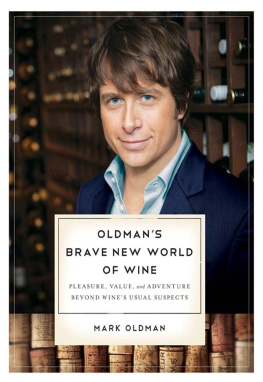
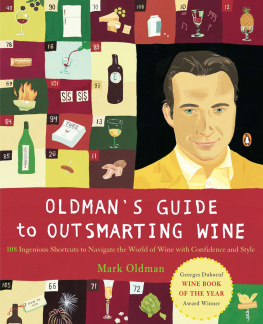


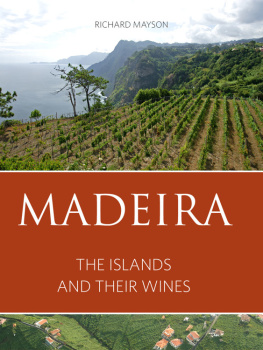
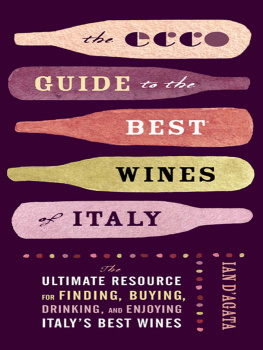

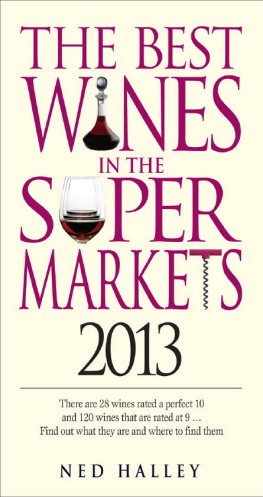
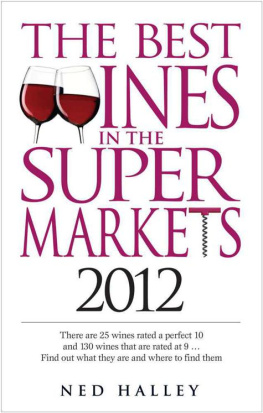
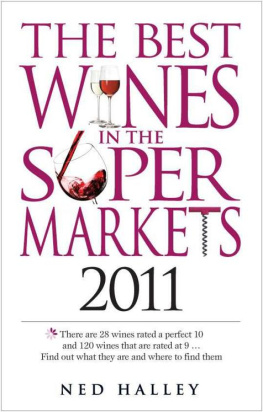

 NEW YORK LONDON
NEW YORK LONDON